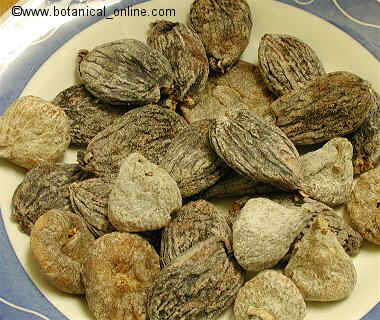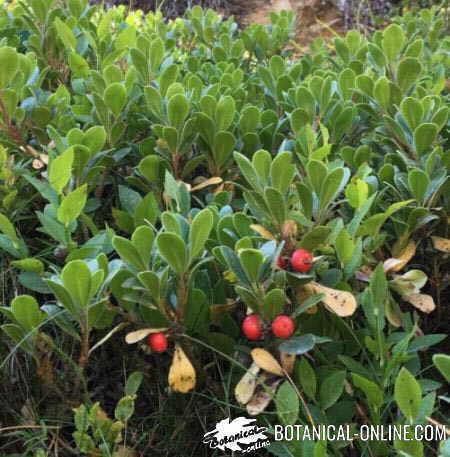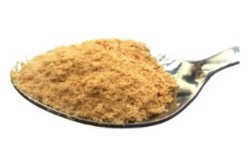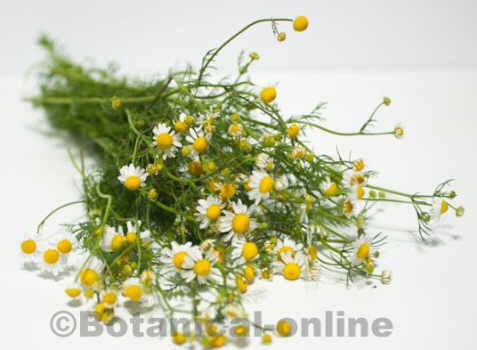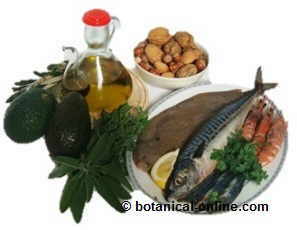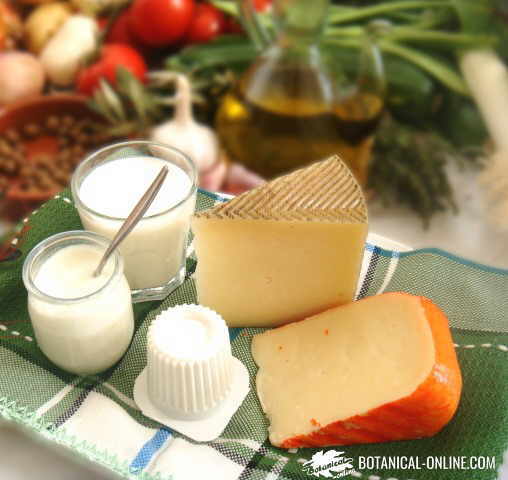Nutritional composition of prickly pear
| Prickly pear composition per 100g. | |
| Nutrient | Amount |
| Calories (kcal.) | 41 |
| Carbohydrates (g.) | 9,57 |
| Proteins (g.) | 0,73 |
| Fat (g.) | 0,51 |
| Fiber (g.) | 3,60 |
| Vitamin C (mg.) | 14 |
| Vitamin B1 or Thiamin (mg.) | 0,01 |
| Vitamin B2 or riboflavin (mg.) | 0,06 |
| Vitamin B3 or niacin (mg.) | 0,46 |
| Vitamin B6 or pyridoxine (mg.) | 0,06 |
| Folate (mcg.) | 6 |
| Calcium (mg.) | 56 |
| Magnesium (mg.) | 85 |
| Phosphorus (mg.) | 24 |
| Sodium (mg.) | 5 |
| Potassium (mg.) | 220 |
| Iron (mg.) | 0,30 |
| Zinc (mg.) | 0,12 |
| Copper (mg.) | 0,08 |
| Selenium (mcg.) | 0,60 |
| Water (g.) | 87,55 |
Active components of prickly pear
- Water: nopalitos or young stems contain mostly water (90-95%) as well as their fruits (80-87%).
- Carbohydrates: fruits are richer in sugars than nopalitos, although its contribution is very low. They contain fructose, glucose, galactose and sucrose. Because of its low sugar content, this food is nutritionally indicated in diets for diabetes.
- Fat and protein content is very poor. The seeds, which are consumed with the fruit, contain higher percentage of amino acids.
- Its soluble fiber content is very high, giving the pulp a gelatinous texture of the leaves and the fruit: arabinose, pectin, rhamnose, xylose and mucilage. It also contains insoluble fiber, mainly cellulose.
- Vitamins: Vitamin C, beta carotene, niacin, riboflavin, tocopherol.
- Minerals
- Flavonoids: kaempferol, luteolin, penduletin, quercetin, rutin
- Pigments: betanin, isobetanin, neobetanin, indicaxanthin, opuntiaxanthin. These components are extracted from the plant and used as colorants. For example, betanin is the colorant additive compound “red beet” (E-162).
- Organic acids: aspartic-acid, citric-acid, galacturonic-acid, malic-acid, piscidic-acid, quinic-acid, shikimic-acid, uronic-acid
- Beta-sitosterol (flower)
- Calcium oxalate (fruit)
- Tannins
![]() More information on prickly pear
More information on prickly pear
This article was endorsed by Elisenda Carballido - Dietitian nutritionist. Postgraduate in Phytotherapy and master in Nutrition and Metabolism.

